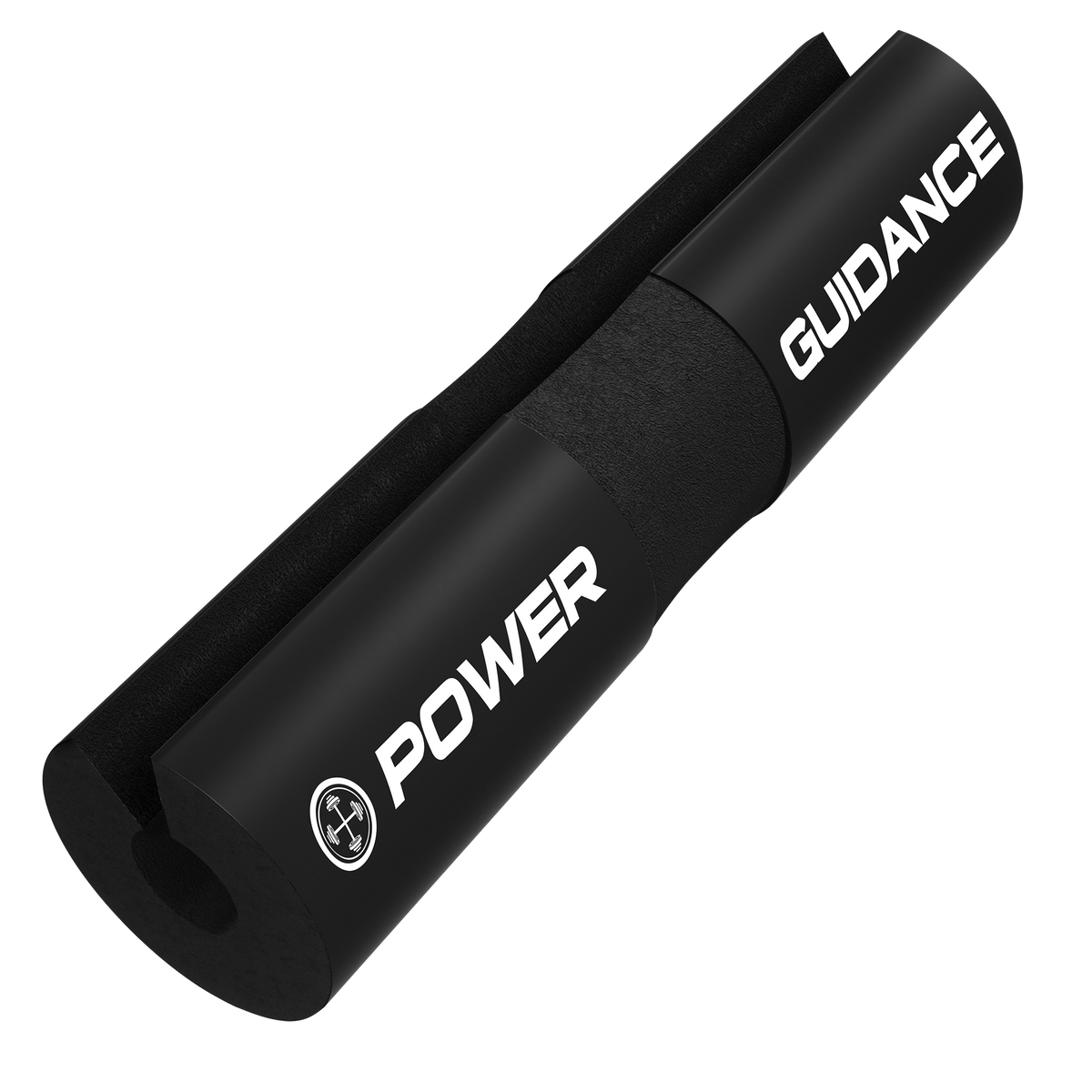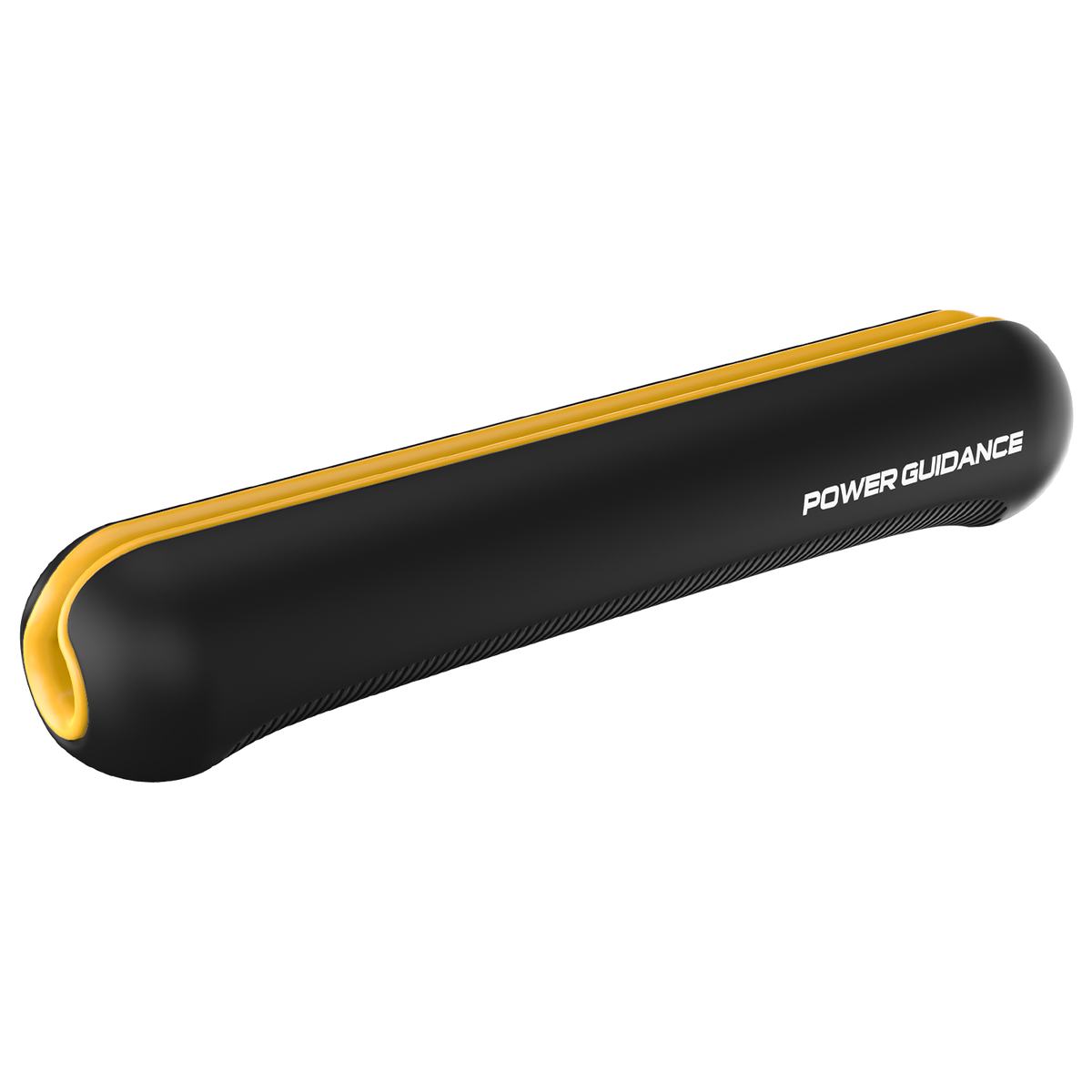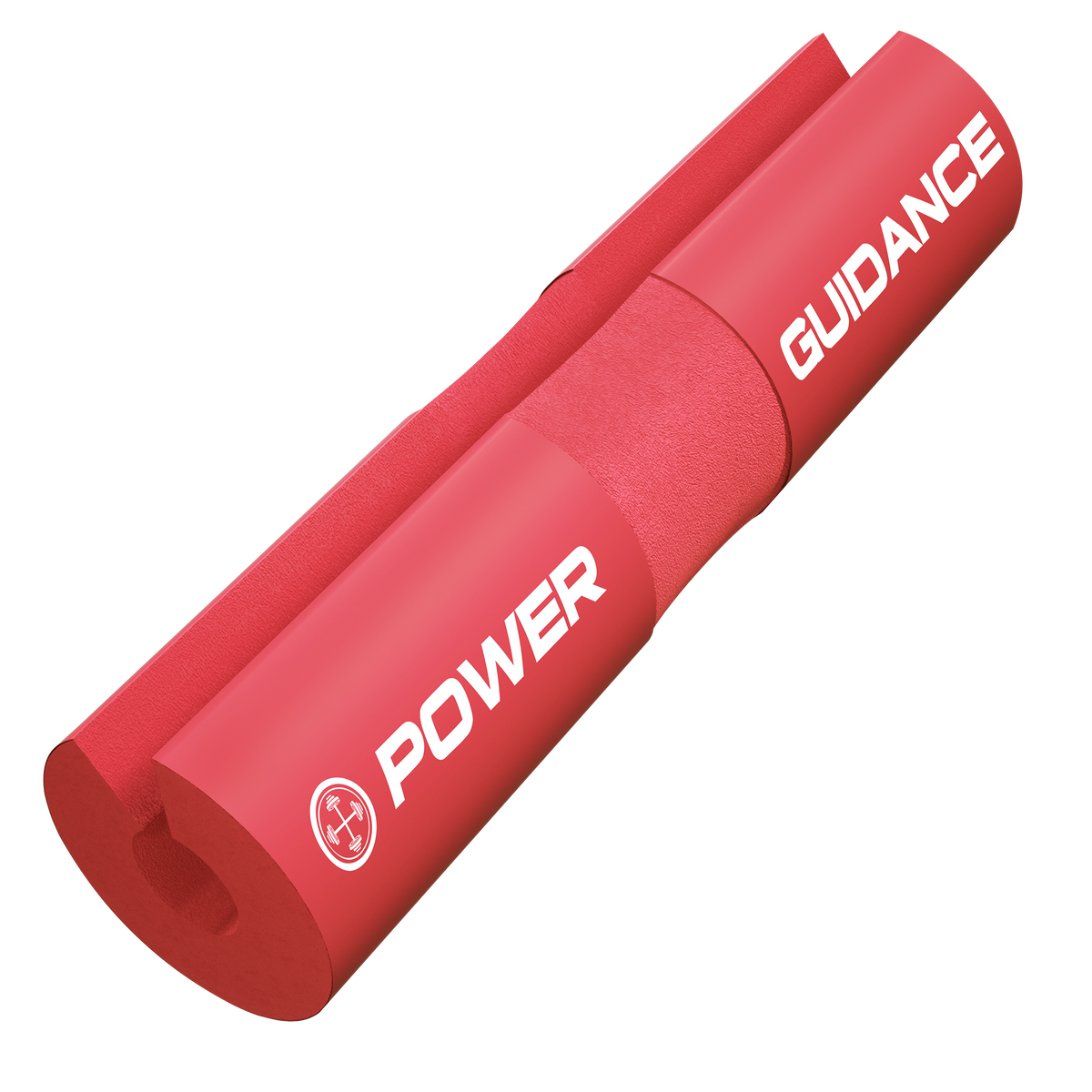POWER GUIDANCE has introduced rigs&racks collection for custom home gyms. While these two terms are sometimes used interchangeably, they actually refer to different pieces of equipment. However, many customers may not know the difference between rigs and racks. In order to help you choose the products that are more suitable for you, please refer to this blog, we will solve all your doubts about purchasing rigs and racks once and for all from 3 aspects.
- What is the difference between rigs and racks?
- What are the advantages and disadvantages of rigs and racks?
- What are the advantages and disadvantages of rigs and racks. choose the fitness equipment that is more satisfying.
1.1 What is a Rack?
A rack, also known as a power rack or power cage, is a piece of equipment that is designed to support free-weight exercises such as squats, bench presses, and overhead presses. It consists of four vertical posts with horizontal bars connecting them at the top and bottom. The posts are usually adjustable, allowing you to adjust the height of the bar to accommodate different exercises and users. A rack will also typically come with safety bars or catchers that can be adjusted to catch the weight in case you can't complete a rep.
2.1 Advantages:
Safety: Power racks are one of the safest pieces of gym equipment. They have adjustable safety bars that can be set at different heights to prevent injuries if the lifter loses control of the weight.
Versatility: One of the key advantages of a rack is its versatility. A good quality rack can be used for a wide variety of exercises, making it an excellent investment for anyone setting up a home gym. Another advantage of a rack is its safety features. The safety bars or catchers can prevent injuries and allow you to lift heavier weights with confidence.
Customizable: Power racks can be customized with additional attachments and accessories such as dip bars, landmines, and weight plate storage.
Space-saving: A power rack takes up less space than individual pieces of equipment for each exercise it can be used for, making it a good option for home gyms and small fitness facilities.
Disadvantages:
Cost: A high-quality power rack can be expensive, especially when compared to other pieces of gym equipment.
Limited range of motion: Power racks can limit the range of motion for some exercises, such as deadlifts, due to the vertical posts that can get in the way.
Need for a spotter: While power racks are safe, they do not replace the need for a spotter for certain exercises, such as bench presses, especially if you are lifting heavy weights.
Assembly and storage: Power racks can be challenging to assemble and require a lot of storage space when not in use.
Overall, power racks are a great investment for anyone serious about strength training, but they do have some limitations and considerations that should be taken into account before purchasing.
1.2 What is a Rig?
A functional training rig, is a piece of equipment that can be assembled more freely than a rack. However, a rig is much more than just a rack. It typically includes a variety of additional features such as pull-up bars, dip bars, and attachment points for various types of equipment such as straps and resistance bands.
2.2 Advantages:
Versatility: Fitness equipment rigs are highly versatile and can be used for a wide range of exercises. They typically have multiple attachment points and can be customized with various add-ons to suit different training needs.
Space Efficiency: A rig takes up less floor space than a full set of racks, benches, and machines, making it an excellent choice for smaller facilities.
Group training: Fitness equipment rigs can be used for group training sessions, allowing multiple users to work out together.
Aesthetics: A well-designed rig can be an attractive addition to a gym or fitness studio, creating a professional and modern look.
Disadvantages:
Cost: Fitness equipment rigs tend to be more expensive than racks and squat stand, especially if they come with a lot of attachments and accessories.
Size and weight: Fitness equipment rigs are often larger and heavier than racks, which can make them difficult to move or store.
Assembly and installation: Fitness equipment rigs require assembly and installation, which can be time-consuming and may require professional help.
1.3 What is squat stand?
A squat stand is a piece of exercise equipment designed to support a barbell during squats or other exercises. It typically consists of two vertical posts with adjustable J-hooks or barbell supports, allowing the user to position the barbell at different heights. The squat stand is commonly used by weightlifters and strength trainers as it provides a stable and secure platform for performing heavy lifts, such as back squats, front squats, and overhead presses. Squat stands are often used in home gyms or smaller training facilities where space is limited, as they are compact and can be easily stored away when not in use.
2.3 Advantages:
Cost-effective: Squat stands are more affordable than power racks or squat cages.
Space-saving: They take up less space than squat cages or power racks, which makes them ideal for smaller home gyms or limited space.
Portability: They are lightweight and portable, which makes it easy to move them around and store them when not in use.
Adjustable: Most squat stands come with adjustable height settings, which makes them suitable for people of different heights.
Versatile: You can use them for various exercises such as squats, bench presses, and overhead presses.
Disadvantages:
Limited safety features: Unlike squat cages or power racks, squat stands do not offer as much protection and safety when lifting heavy weights.
Limited weight capacity: Squat stands have a limited weight capacity, which means that they are not suitable for heavy lifters.
Unstable: They are not as stable as squat cages or power racks, which means that they may wobble or tip over if not used correctly.
Limited accessory options: Squat stands have limited accessory options, which means that you cannot add extra attachments like dip bars or pull-up bars.
Not suitable for beginners: Squat stands require proper technique and form when performing exercises, which may be challenging for beginners.The main advantage of a rig is its versatility. With all of the additional features and attachment points, you can perform a wide variety of exercises, including bodyweight exercises, functional training, and Olympic lifts. Rigs are often used in CrossFit gyms and other functional fitness facilities, but they are becoming increasingly popular for home gyms as well.
3. How to pick your home gym rigs, racks, and squat stand?
Now that you understand the difference between racks, rigs, and squat stands. how do you choose the right one for your home gym? Here are some factors to consider:
Budget
Your budget will obviously play a big role in the type of equipment you can afford. Rigs are generally more expensive than racks due to their additional features and attachment points, while the squat stand’s price is relatively lower. However, there are a wide range of prices for racks, rigs, and squat stand, so you should be able to find something that fits your budget.
Space
The amount of space you have available in your home gym will also be a factor. Rigs are generally larger than racks, and the squat stands will be the smallest, so if you have limited space, a rack or a squat stands might be a better option. However, if you have the space and want to incorporate functional training into your workouts, a rig might be the way to go.
Type of Exercises
Think about the type of exercise you want to do in your home gym. If you primarily want to do squats, and bench presses, a squat stand will be enough to cover them. if you want some more free-weight exercises like high pull-ups, rowing, and other strength training, a rack is probably your best bet. If you want to incorporate bodyweight exercises, functional training, and Olympic lifts, a rig would be a better option.
Quality
When it comes to equipment that you will be lifting heavy weights on, quality is important. Look for racks&rigs that are made from high-quality materials and have a weight capacity that meets your needs. You don't want to skimp on quality and end up with a piece of equipment that isn't sturdy enough to support your workouts. As all POWER GUIDANCE customers know, POWER GUIDANCE has always put the safety movement first, and choosing POWER GUIDANCE is the best solution for quality.




0 comments